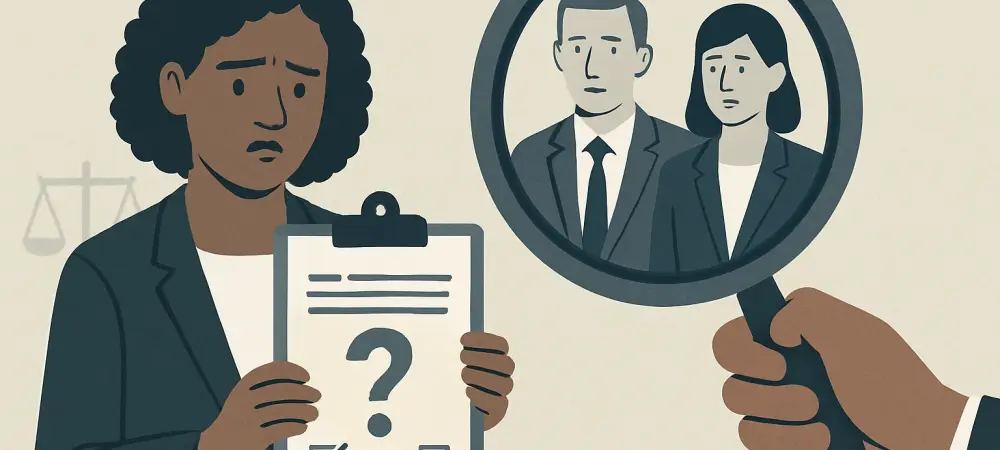As we dive into the complexities of workplace discrimination and legal battles, I’m thrilled to sit down with Ling-Yi Tsai, a seasoned HRTech expert with decades of experience helping organizations navigate change through innovative technology. With her deep knowledge of HR analytics and talent management, Ling-Yi offers a unique perspective on how companies can handle sensitive issues like harassment and discrimination claims. Today, we’ll explore the nuances of a recent case involving a UPS supervisor’s termination, the intersection of policy enforcement and legal protections, and the broader implications for employers in managing workplace complaints.
Can you walk me through the core reason UPS provided for terminating the supervisor in this situation?
Certainly. UPS based their decision to terminate the supervisor on findings from an internal investigation triggered by a complaint from a female co-worker. During a training session, she reported feeling deeply uncomfortable due to inappropriate comments made by the supervisor and an incident where he took her to his personal residence. The company concluded that these actions violated their policies on workplace conduct, specifically citing harassment as the key issue. This wasn’t just a one-off remark; it was a pattern of behavior that they deemed unacceptable.
What specific allegations did the co-worker raise about her experience during the training session?
The co-worker described what she called an “unsettling experience.” She detailed how the supervisor made lewd and suggestive comments, including remarks about “short shorts and UPS thong” uniforms being available for her and even asking if she’d ever answered her door naked. Beyond the verbal discomfort, she felt further uneasy when he took her to his house under the pretense of using the bathroom. These actions combined to create an environment where she felt unsafe and disrespected during what should have been a professional interaction.
How did the supervisor counter UPS’s decision, and what claims did he make about discrimination?
The supervisor pushed back hard against his termination, arguing that it wasn’t about his behavior but rather discriminatory motives on UPS’s part. He claimed his firing was tied to his age, pointing out that he was replaced by a younger female employee. Additionally, he highlighted the suspicious timing—just two months before his retirement plan was set to vest—suggesting that UPS was trying to avoid paying out those benefits. He framed his case around violations of the Age Discrimination in Employment Act, the Employee Retirement Income Security Act, and even North Carolina state laws.
What was the court’s stance when evaluating the supervisor’s discrimination claims?
The court ultimately sided with UPS, granting them summary judgment. The judge found that the supervisor couldn’t provide direct evidence to support his claims of age or sex discrimination. Despite some disputed facts in the case, the judge determined they weren’t material enough to challenge UPS’s evidence of a legitimate, non-discriminatory reason for the termination—namely, the harassment findings from their investigation. The court emphasized that UPS had a solid basis for their decision, rooted in policy violation rather than bias.
Can you explain the alternative UPS offered the supervisor after his termination, and his response to it?
Interestingly, UPS didn’t just cut ties completely. They offered him a part-time position at a different location, which would have allowed him to continue working until his retirement benefits vested. However, he declined this offer. While the exact reasoning isn’t fully clear, it’s possible he felt the role was a demotion or didn’t align with his expectations after years in a supervisory position. It could also reflect a deeper frustration with the company’s handling of his case, prompting him to reject any compromise.
How significant was the role of UPS’s internal investigation in defending against the supervisor’s lawsuit?
The internal investigation was absolutely pivotal. It provided UPS with a documented, evidence-based rationale for the termination, which the court heavily relied on when dismissing the discrimination claims. The thoroughness of their process—interviewing parties, gathering statements, and concluding a policy violation—showed they acted in good faith rather than with discriminatory intent. This case underscores how a well-executed investigation can serve as a shield for employers when facing litigation, as long as it’s fair and consistent.
What broader takeaways can employers draw from this case when it comes to managing workplace complaints?
This situation offers several critical lessons for employers. First, having a robust process for handling complaints is non-negotiable. Companies need to ensure investigations are prompt, impartial, and well-documented—every step matters. Second, acting on the findings is just as important as conducting the investigation. If harassment or policy violations are confirmed, there must be appropriate consequences, or the company risks losing credibility. Finally, employers should train managers and staff on workplace conduct to prevent these issues from arising in the first place. Prevention and accountability go hand in hand.
Do you have any advice for our readers on fostering a workplace culture that minimizes the risk of such conflicts and legal challenges?
Absolutely. My advice is to prioritize transparency and education. Make sure every employee, from top to bottom, understands the company’s policies on harassment and discrimination—don’t just bury them in a handbook. Regular training sessions can reinforce appropriate behavior and teach staff how to recognize and report issues early. Also, create a culture where employees feel safe to speak up without fear of retaliation; that means having multiple, accessible channels for complaints. Lastly, leadership must model the behavior they expect. If executives and managers uphold respect and fairness, it sets the tone for the entire organization. Prevention starts with culture, not just policy.

